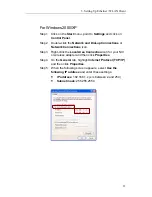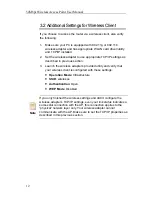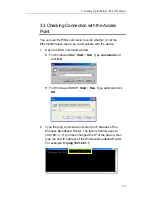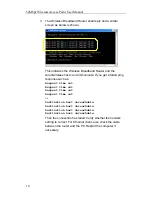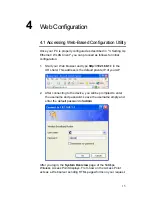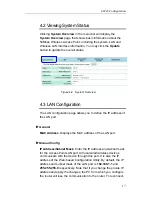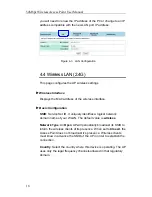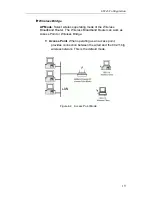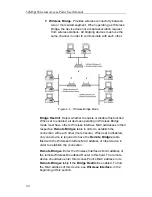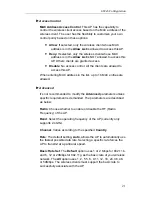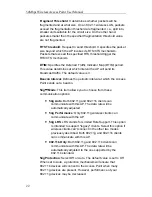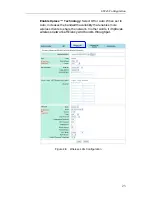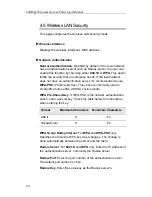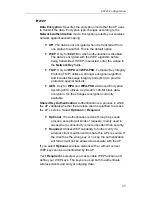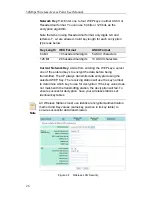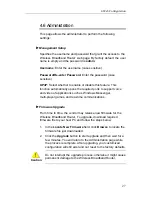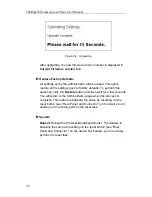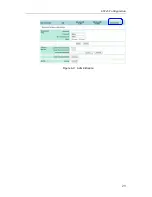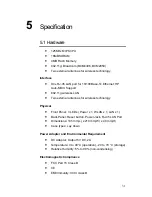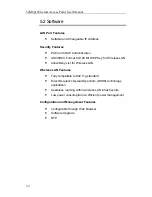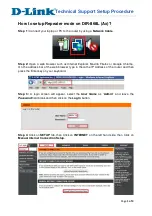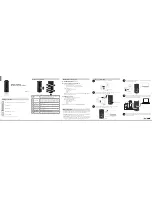
4. Web Configuration
25
WEP
Data Encryption
:
Specifies the encryption mode that the AP uses
to transmit the data. Encryption type changes according to the
Network Authentication
mode. Encryption protects your wireless
network against eavesdropping.
•
Off
: The data is not encrypted when it is transferred from
one station to another. This is the default option.
•
WEP
:
Only for
802.1X
or when authentication is disabled.
The data is encrypted with the WEP algorithm before
being transmitted. If WEP is selected, enter the values in
the
Network Key
fields.
•
TKIP
: Only for
WPA
and
WPA-PSK
. Temporal Key Integrity
Protocol (TKIP) utilizes a stronger encryption algorithm
and includes Message Integrity Code (MIC) to provide
protection against hackers.
•
AES
: Only for
WPA
and
WPA-PSK
. Advanced Encryption
System (AES) utilizes a symmetric 128-Bit block data
encryption. It’s the strongest encryption currently
available.
Shared Key Authentication
: Authentication is a process in which
the AP validates whether the wireless client is qualified to access
the AP’s service. Select
Optional
or
Required
.
•
Optional
:
The authentication is done through a pseudo
process, accepting all kinds of requests, mainly used in
cases where connectivity is more important than security.
•
Required
: Utilizes WEP capability to further verify if a
wireless client is authorized to share this AP’s resource. If
the client has the wrong key or no key, the authentication
will fail and will not be allowed to associate with the AP.
If you select
Optional
, wireless stations with or without correct
WEP keys can be authenticated by the AP.
Yet if
Required
is selected, you must enable WEP function and
define your WEP keys. The keys are used both to authenticate
wireless clients and encrypt outgoing data.

